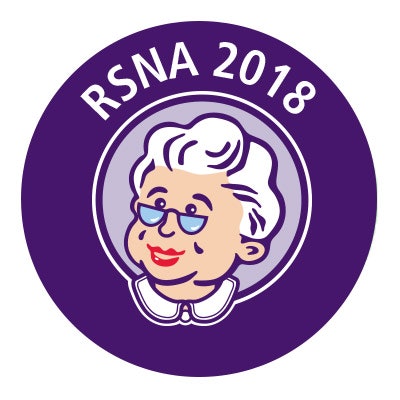
CHICAGO - Radiologist burnout is real, but there are simple ways to ease it, according to a talk given on Monday at the annual RSNA meeting.
One step is to emphasize resiliency among radiology staff rather than burnout, said presenter Dr. Cheri Canon of the University of Alabama at Birmingham (UAB).
"We focus on the word 'burnout' too much," she told session attendees. "Instead, let's talk about developing resiliency."
Developing resiliency must be addressed on both the personal and the organizational levels, Canon said.
"There are personal things staff can do, like exercising, eating well, and practicing mindfulness," she said. "But you can't yoga your way out of burnout. There have to be interventions in place at the system level as well."
Technological changes in how medicine is practiced have added a significant layer of work to radiologists' day, and it may not be work they find particularly meaningful, Canon noted. What's more, the emphasis on performance metrics such as report turnaround time can create unreasonable expectations and make it difficult to manage stress.
"Recently, we found that our turnaround time was so fast that I actually addressed the issue at a meeting," Canon said. "It's become a competitive thing. But if we're reading these studies too fast, we're not taking enough breaks, and there's certainly no way we're actually teaching residents."
And burnout can affect a department's bottom line, whether through decreased staff productivity or losing physicians to another practice or early retirement, Canon noted.
"Radiologist burnout can have a huge financial impact," she said. "When a physician retires early, it can cost a department as much as $1 million in reduced productivity and recruitment time."
Small interventions can make a huge difference in the amount of stress a radiologist experiences in a day, according to Canon. Taking breaks for water, doing simple exercises, and making time for lunch are just a few examples. In fact, one of the attendings at UAB has started a midday, 15-flight stair workout that has become increasingly popular.
Canon also listed a number of resiliency strategies practices can consider at the institution level to mitigate physician burnout:
- Acknowledge the problem. "On the organizational level, we must acknowledge that burnout is real and invest resources to address it," Canon said.
- Be a model. "If you're sending emails in the middle of the night, that's probably not the right message," she said. "How we as leaders conduct ourselves sets the tone in a department."
- Establish targeted interventions. "Not all of them will work, but you have to be willing to try them out -- and then improve them if needed," Canon said.
- Foster community. "Cultivate community in your own department and across other departments and practices," she said.
- Use incentives wisely. "We can get into problems when we start dangling money for improved performance," Canon noted.
- Align values. "We have to make sure that our personal values, the department values, and the system values are as aligned as possible," she said. "It's not always easy to do, but that has to be in play."
- Emphasize work-life integration. "Working part time is not a disease state, and neither is parental leave," Canon said.
- Invest in resiliency resources. "Bring together a team of people to lead the wellness effort," she said.
It all comes down to addressing the problem on a wider scale, Canon concluded.
"To combat burnout, we need to redesign the system of work in which radiologists participate, rather than the radiologist," she said.


















